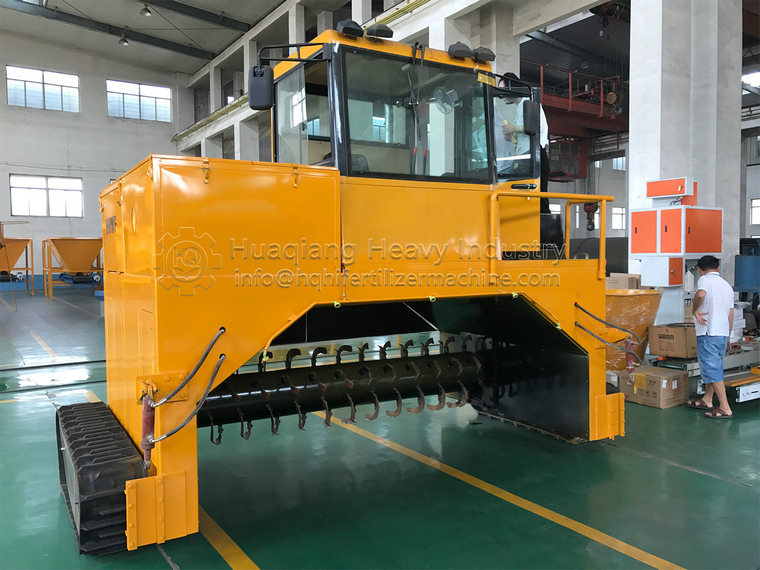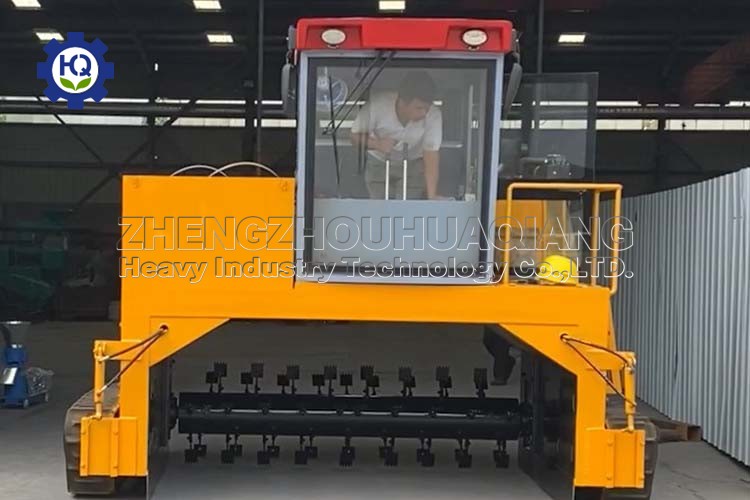The use of organic fertilizer equipment to produce organic fertilizers brings multiple benefits, mainly reflected in the following aspects:
Resource recycling: Organic fertilizer equipment can convert agricultural waste (such as livestock manure, crop straw, etc.) and urban organic waste into organic fertilizers, achieving resource recycling, reducing environmental pollution caused by waste, and providing abundant sources of organic matter for agricultural production.
Improving soil structure and fertility: Organic fertilizers are rich in organic matter and can significantly improve soil structure, enhance soil water retention and permeability, and increase soil aggregate stability. Long term use of organic fertilizers can improve soil fertility, promote soil microbial activity, and enhance soil biological activity.
Promoting healthy crop growth: Beneficial microorganisms, enzymes, vitamins and other bioactive substances in organic fertilizers can promote the growth of crop roots, enhance crop stress resistance and pest resistance, reduce dependence on chemical fertilizers and pesticides, and thus improve crop yield and quality..jpg)
Reduce the use of chemical fertilizers and pesticides: Organic fertilizers can replace some chemical fertilizers, reduce the amount of chemical fertilizers used, decrease agriculture’s dependence on chemicals, and reduce the residue of chemicals in soil and water bodies, which is beneficial for environmental protection and food safety.
Improving the quality of agricultural products: Agricultural products produced using organic fertilizers have lower chemical residues and higher safety due to reduced use of chemical fertilizers and pesticides. They often have better taste and nutritional value, meeting consumers’ needs for healthy and green food.
Promoting sustainable agricultural development: The use of organic fertilizers helps reduce dependence on non renewable resources, promote the recycling of agricultural waste, build a circular agricultural system, achieve sustainable agricultural production, and contribute to long-term agricultural ecological balance and resource protection.
Economic benefits: Although the production cost of organic fertilizers may be higher than chemical fertilizers, long-term use of organic fertilizers can improve soil fertility, reduce the use of chemical fertilizers and pesticides, and produce higher quality agricultural products, thus having long-term advantages in economic benefits.
Policy support: Many countries and regions have introduced policies to encourage organic agriculture and the use of organic fertilizers, such as subsidies and tax incentives, in order to promote sustainable agricultural development and reduce dependence on chemical fertilizers, providing a favorable policy environment for the construction and operation of organic fertilizer equipment.
In summary, using organic fertilizer equipment to produce organic fertilizers can not only achieve resource recycling, improve soil quality and crop health, reduce the impact of agriculture on the environment, but also promote sustainable development of agriculture, improve the quality and market competitiveness of agricultural products, and is an important component of modern agricultural green transformation.





.jpg)


.jpg)